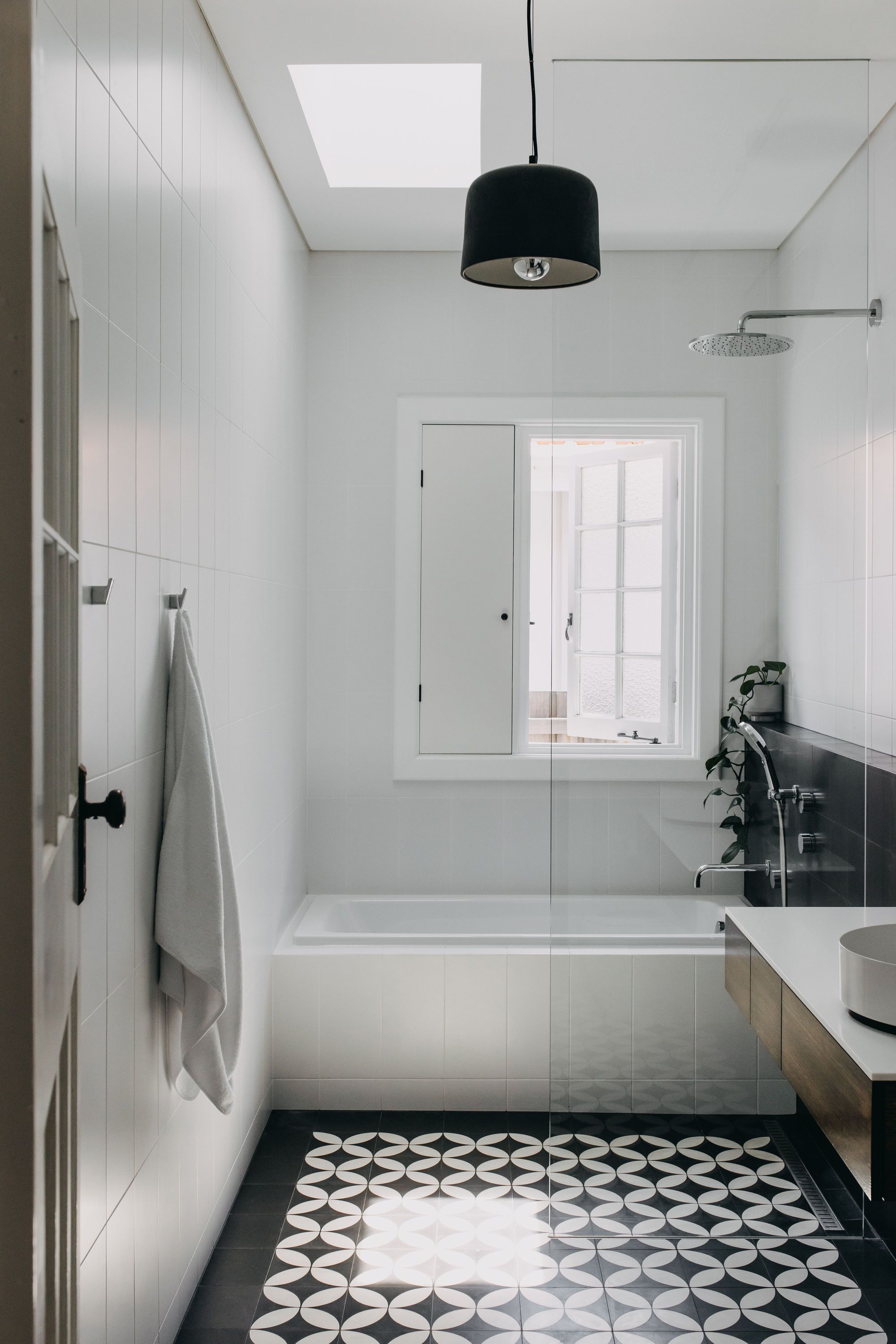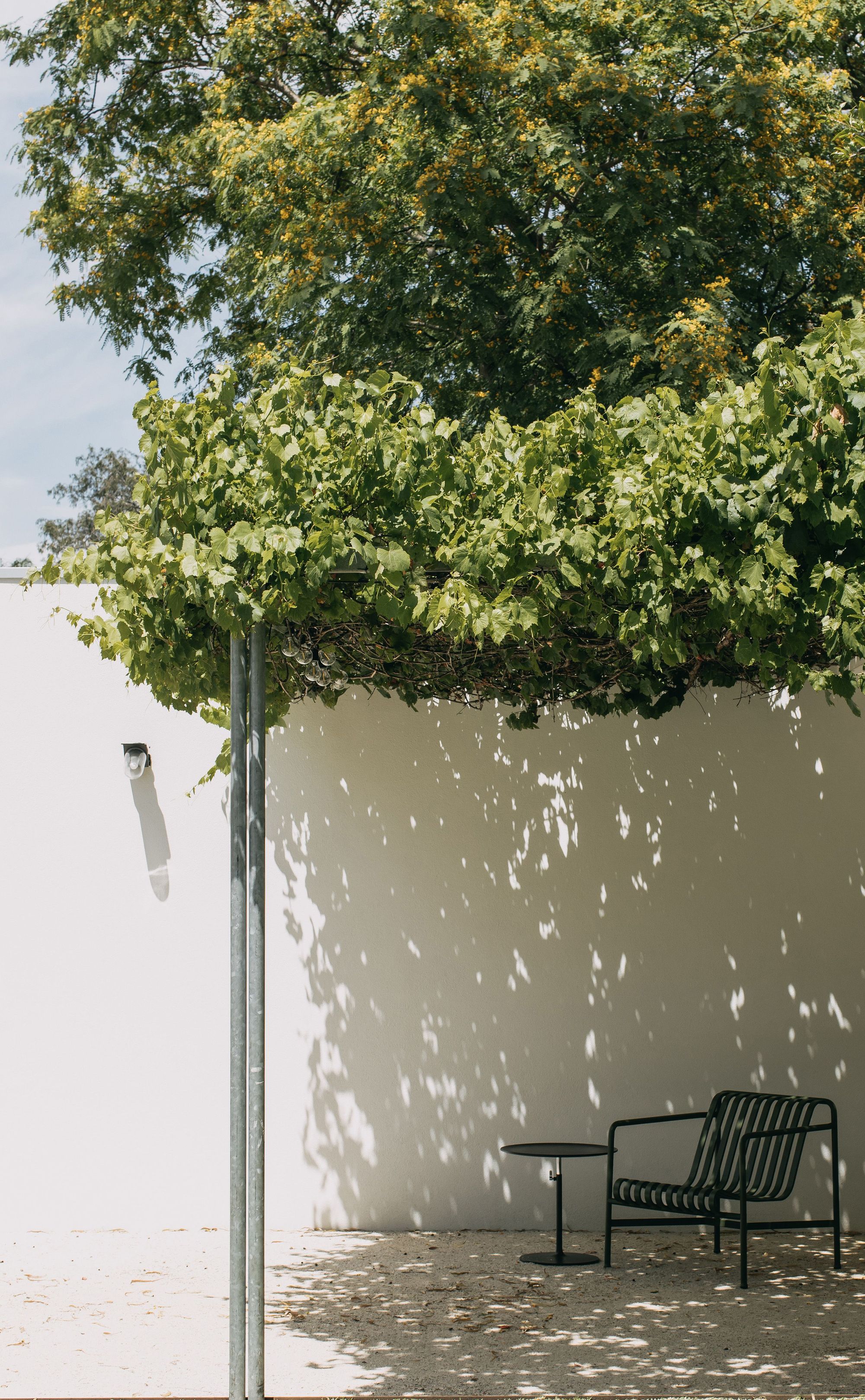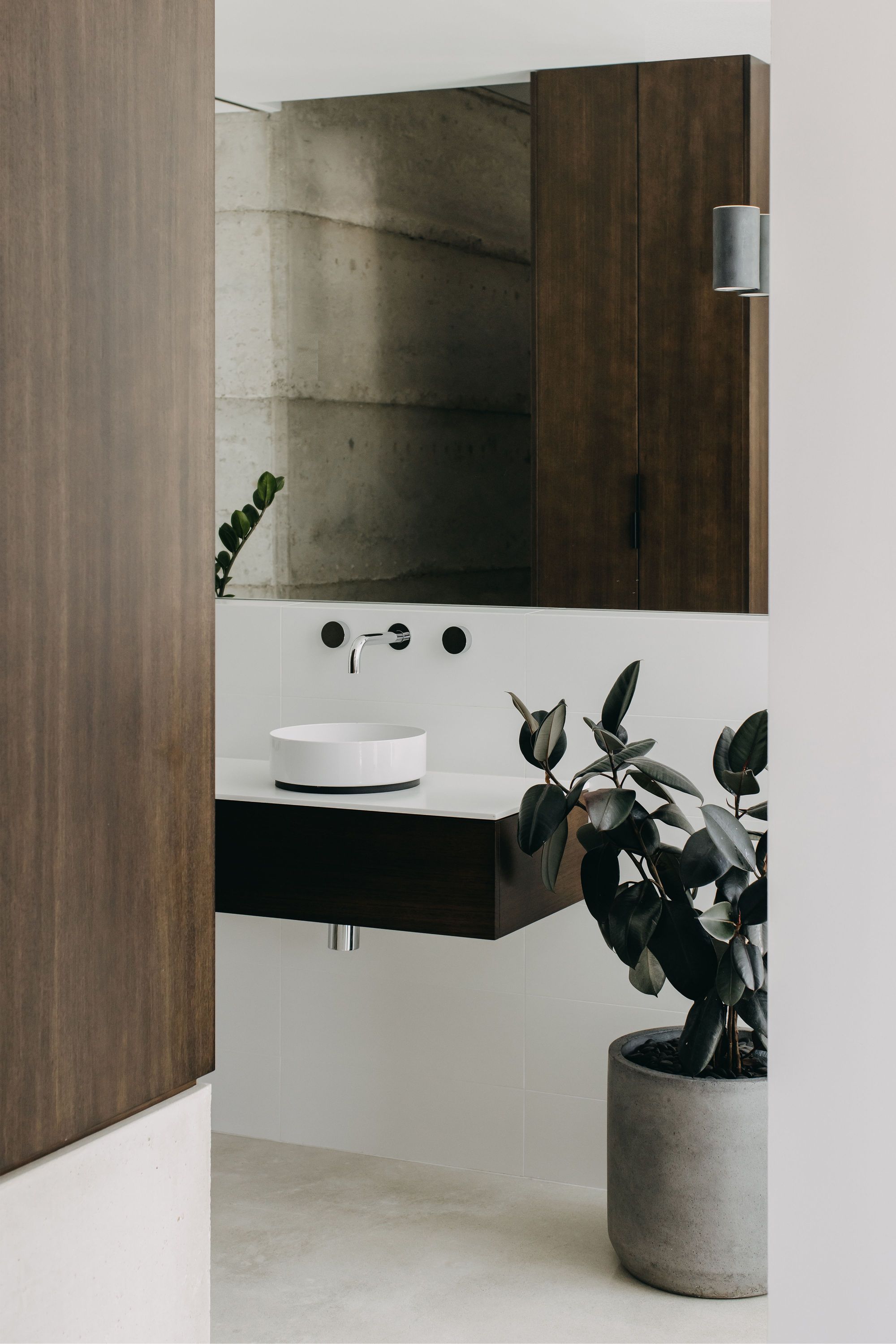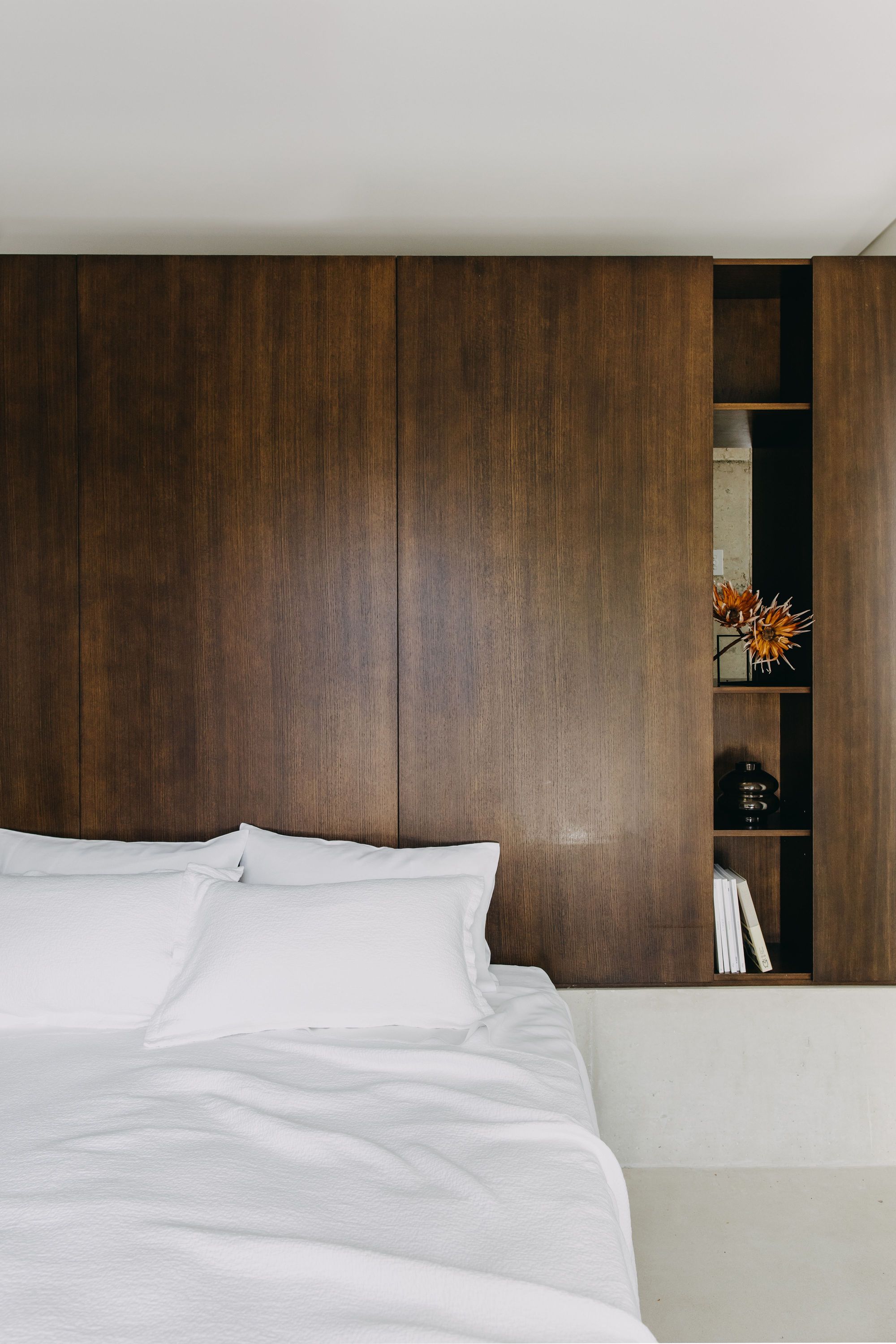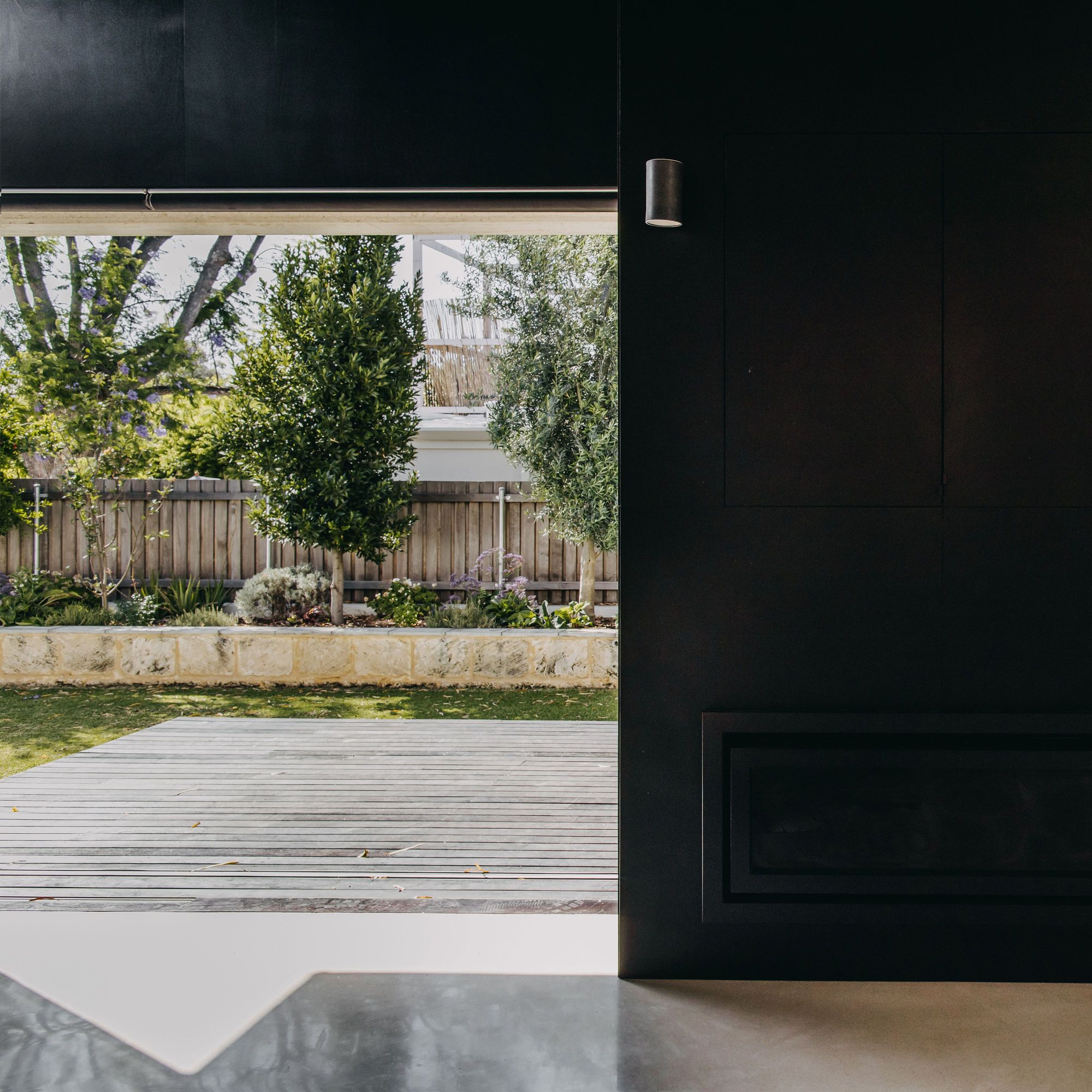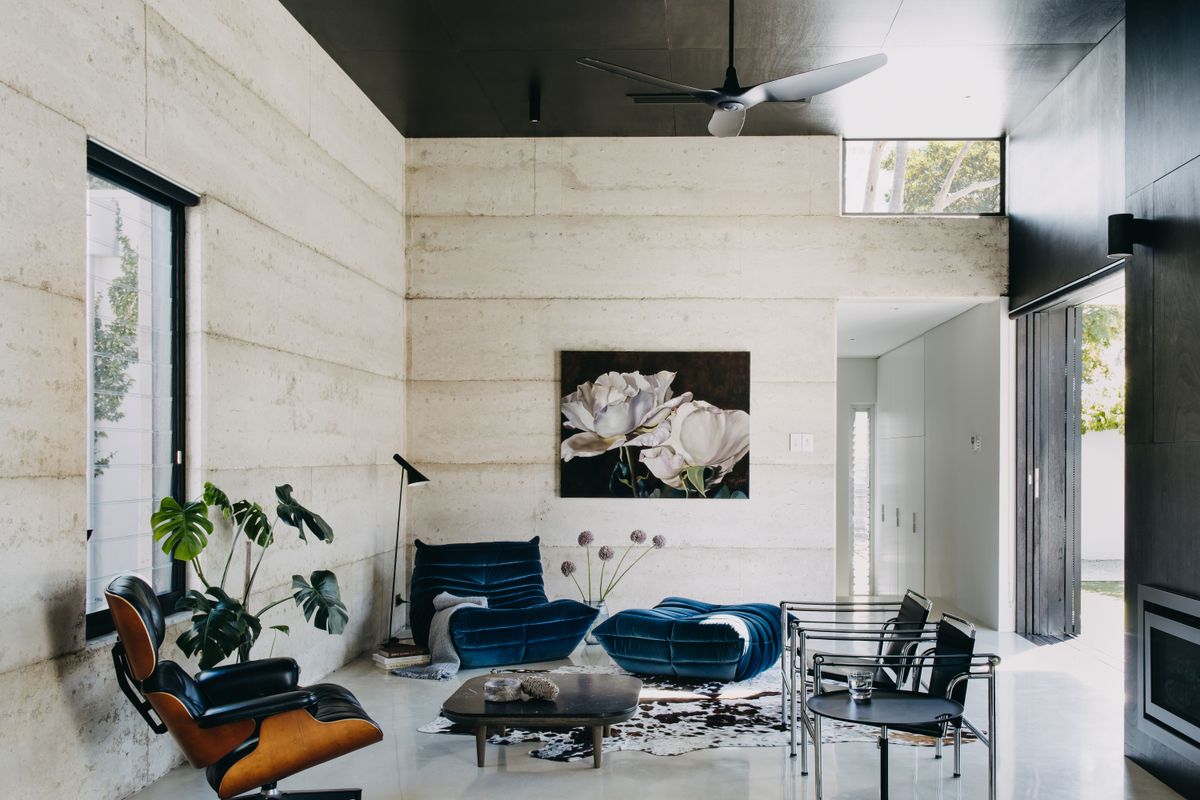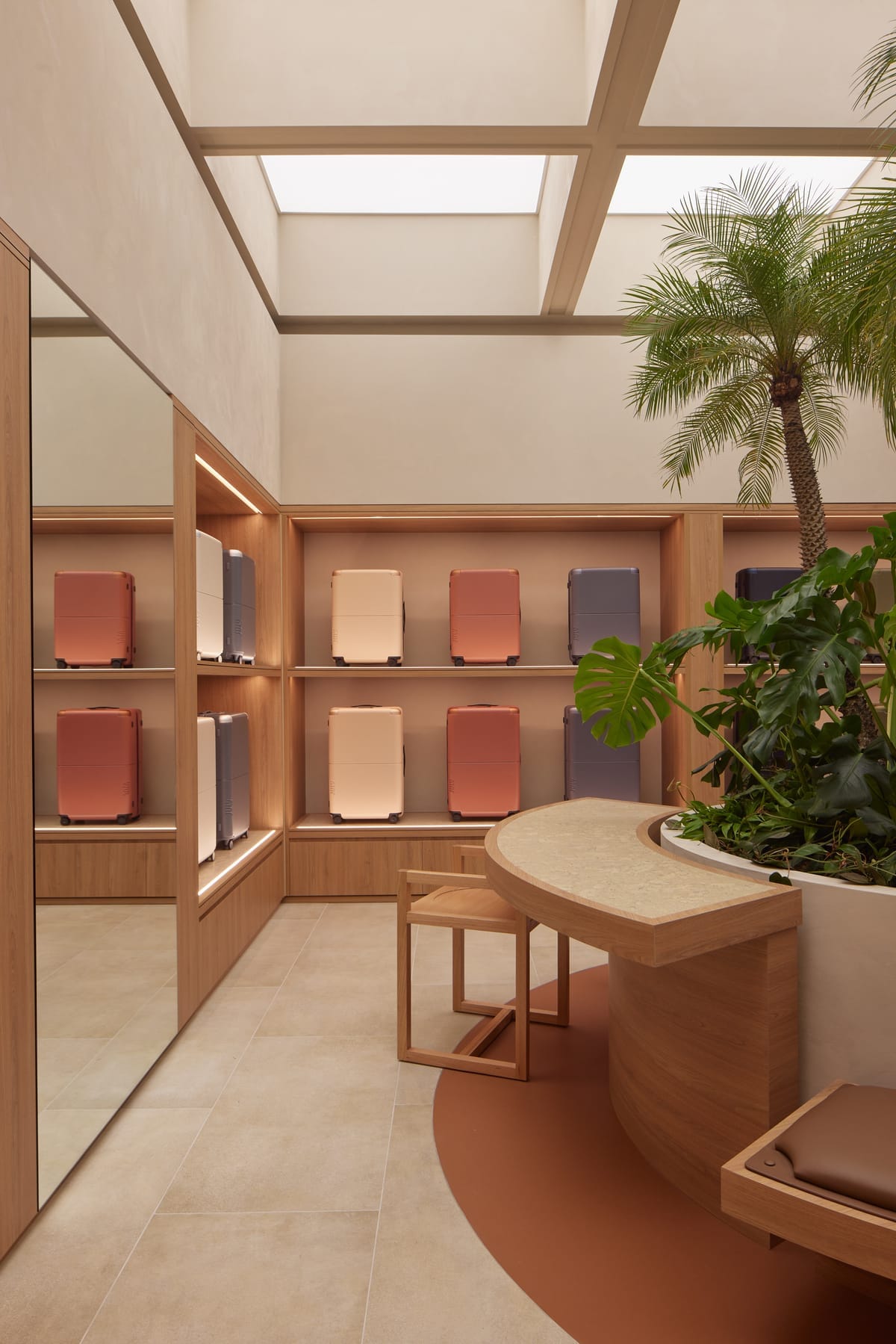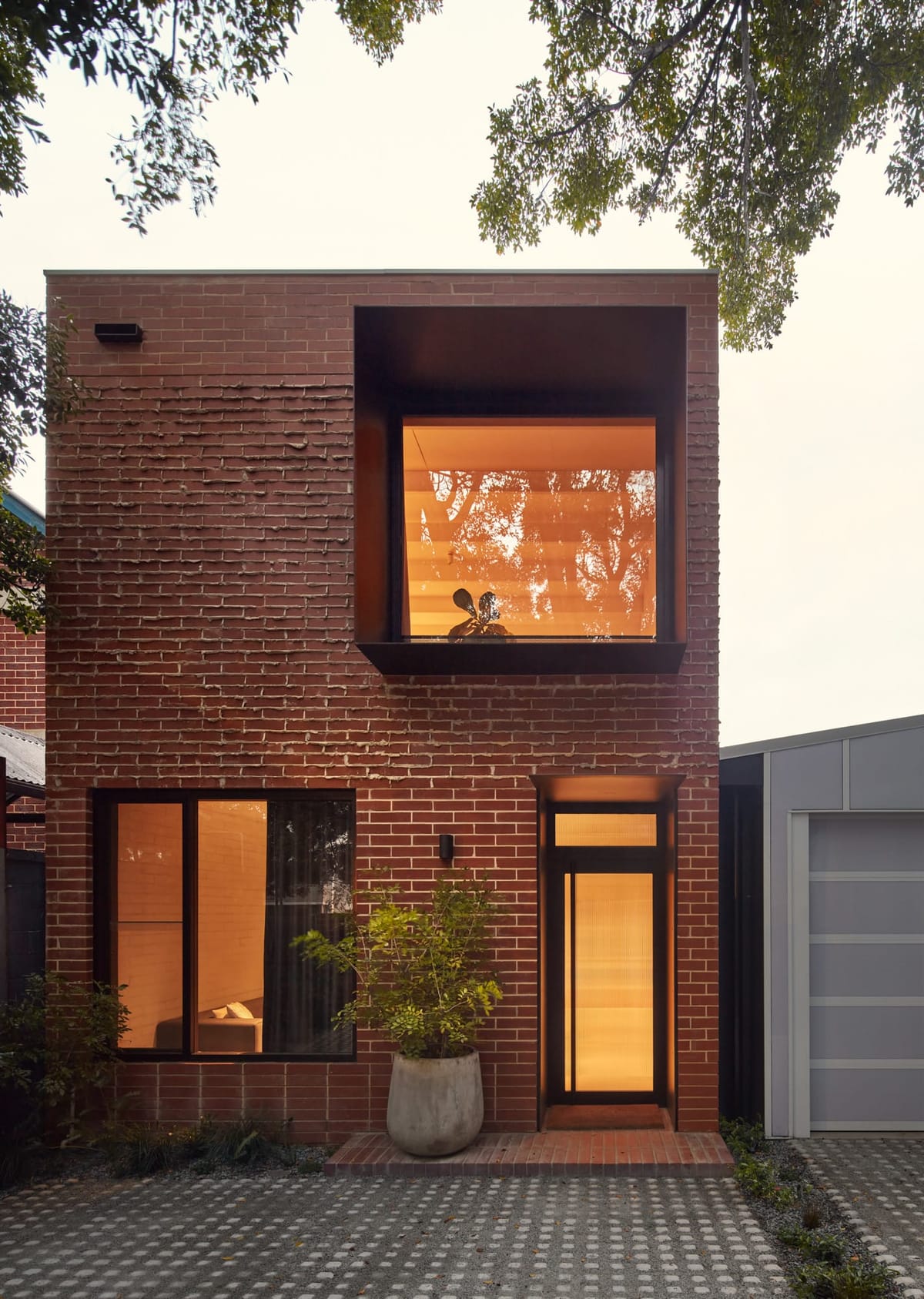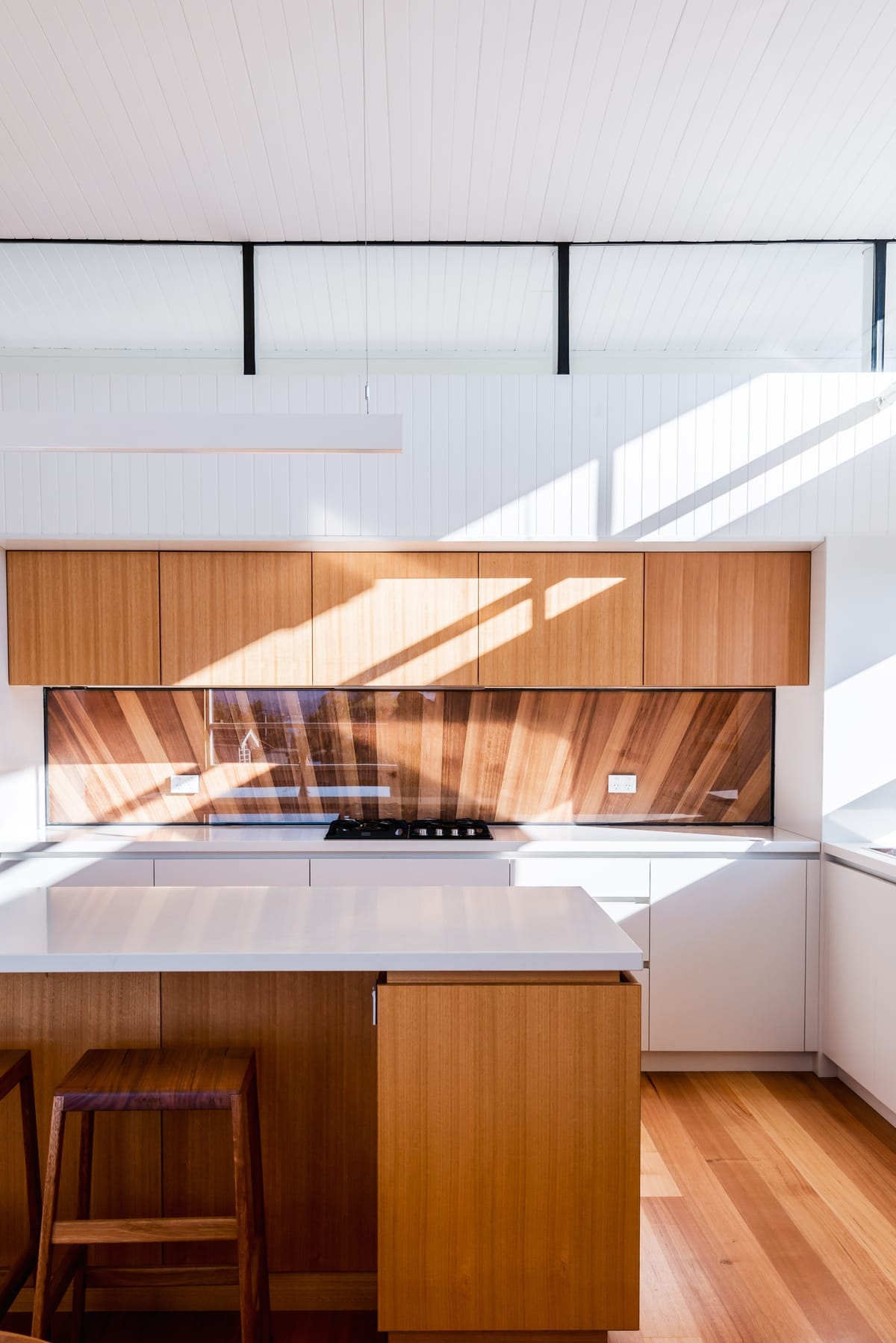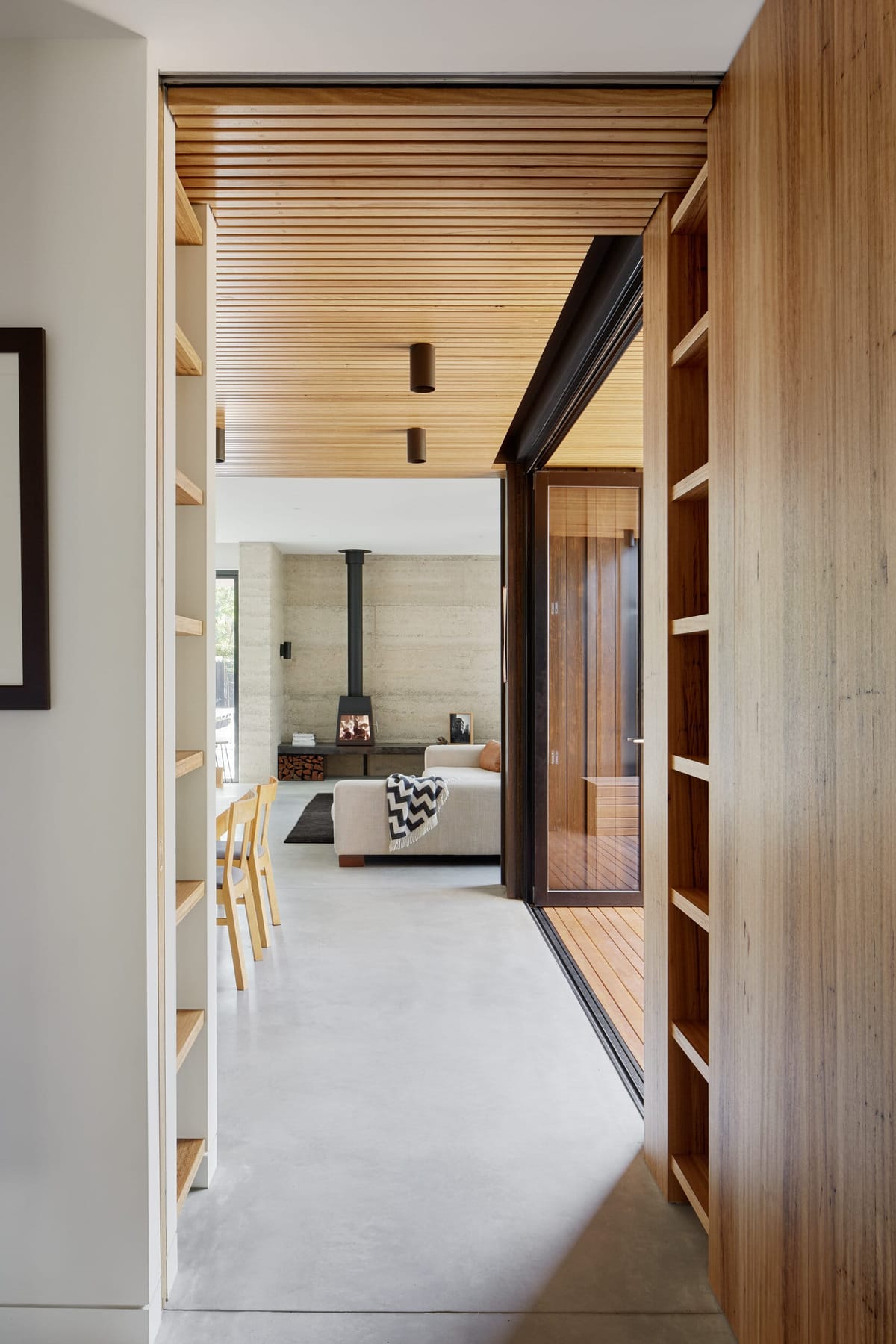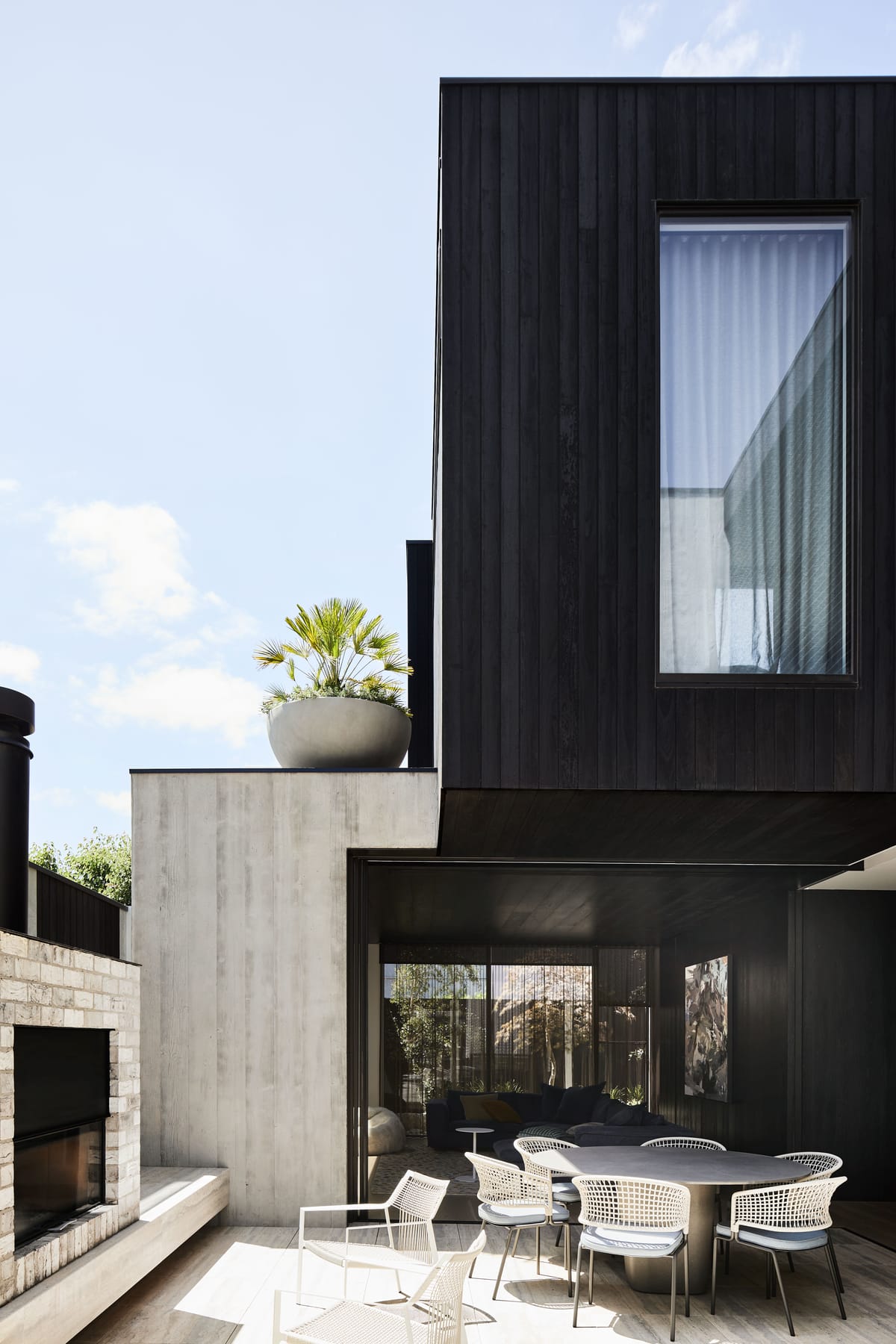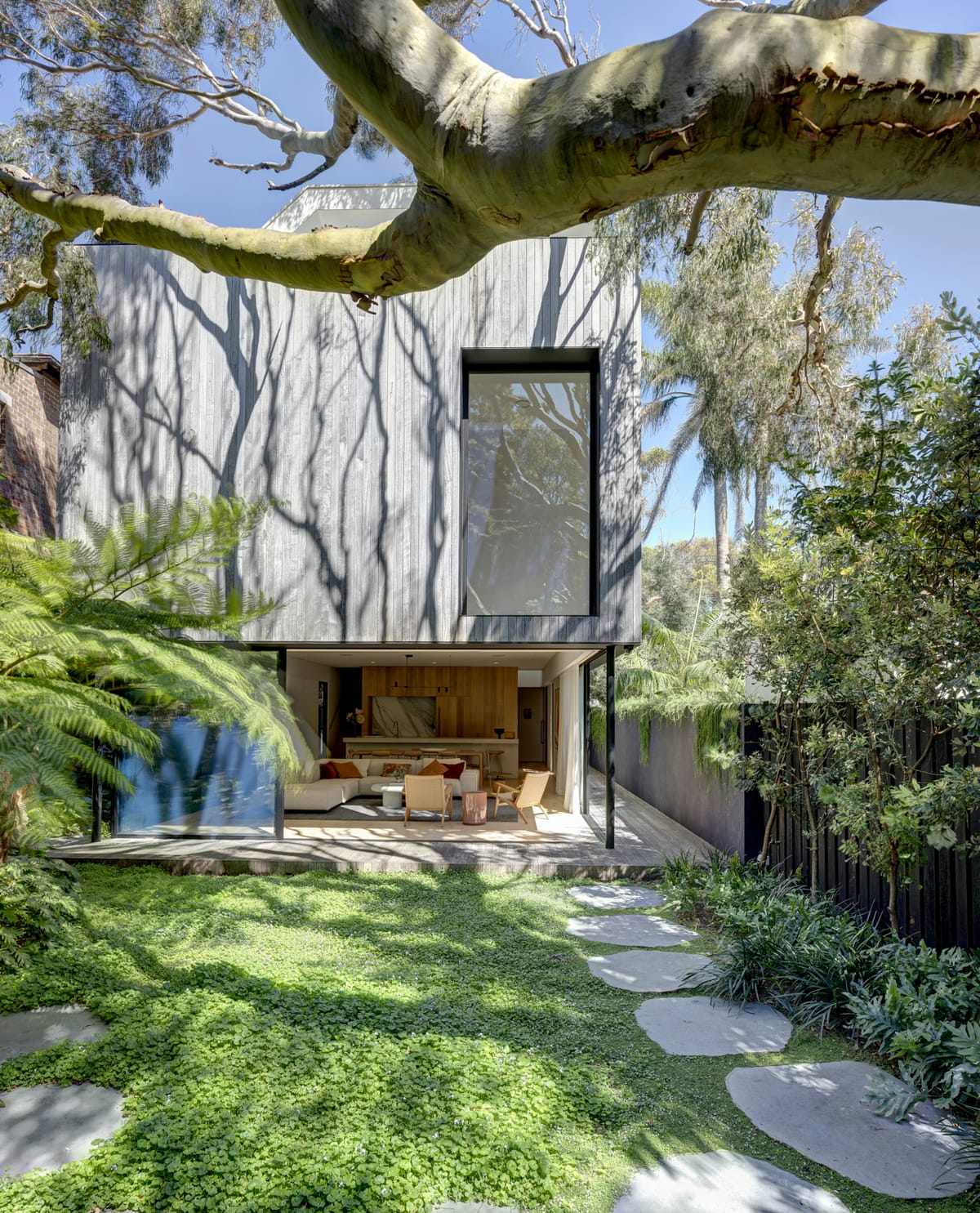Words by Domenic Trimboli. Photography by Ridhwaan Moolla. This story was originally published in The Architect magazine, an official publication of the Australian Institute of Architects.

When the overseas garden suburb movement began influencing Perth’s fledgling suburbs of the early twentieth century, its anti-grid sentiment transformed suburban planning. Premised on ideas around health and cleanliness, it introduced a unique mix of park intermingled with curvilinear streets, deep home setbacks and tree-lined road verges fronting typically modest homes such as the original bungalow on this site in Daglish.
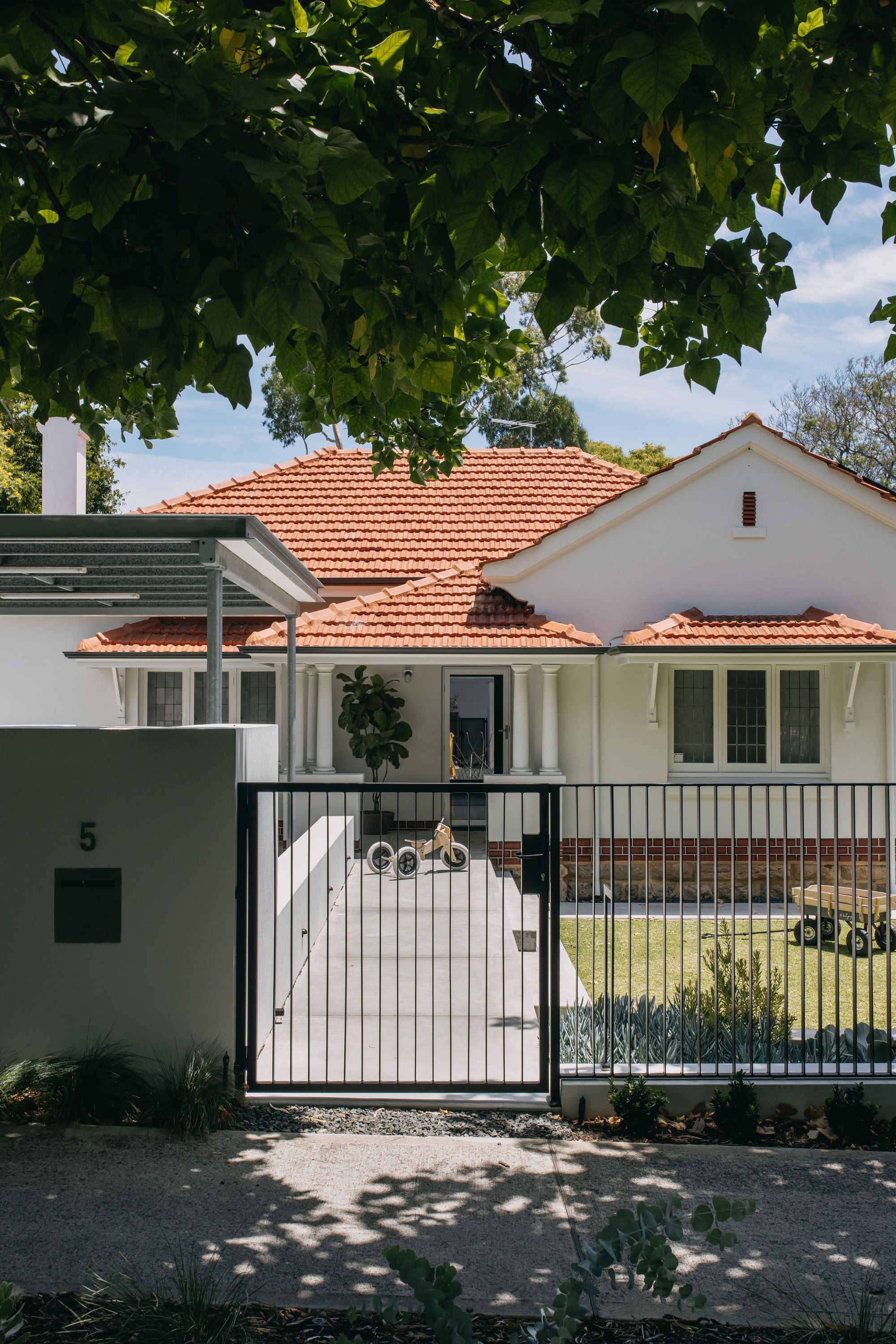
Keeping with the brief and surrounding urban scale, the entire spatial program of this home is proficiently single storey. Nevertheless, rather than resulting in uniformity, the planning and composition make for what the architects describe as “a little city”; an assemblage of varying shapes, masses and garden spaces initiated by repositioning a once enclosed kitchen from the dark core of the original home to a new open living and dining area. In reconfiguring the home this way, there is now also a visual axis created from the entry hall that deliberately extends sightlines well beyond the extent of the home’s footprint and through to a large, established eucalypt at the rear boundary.
Similarly, this consciousness for consistently generating garden views throughout the home helps to exaggerate the depth and extent of the site, making it feel much larger than what it is. The screen planting against some of the fencing and the rear grapevine pergola, designed as a place to look back at the home, help this too, and obscures the fact that the corner site is in fact bordered by roads on three sides. However, just as the garden-suburb movement believed in the stronger societal connections that could be gleaned from physically interacting with the natural environment, much of the trees planted are fruiting and having a dedicated productive garden was high on the client’s agenda too.
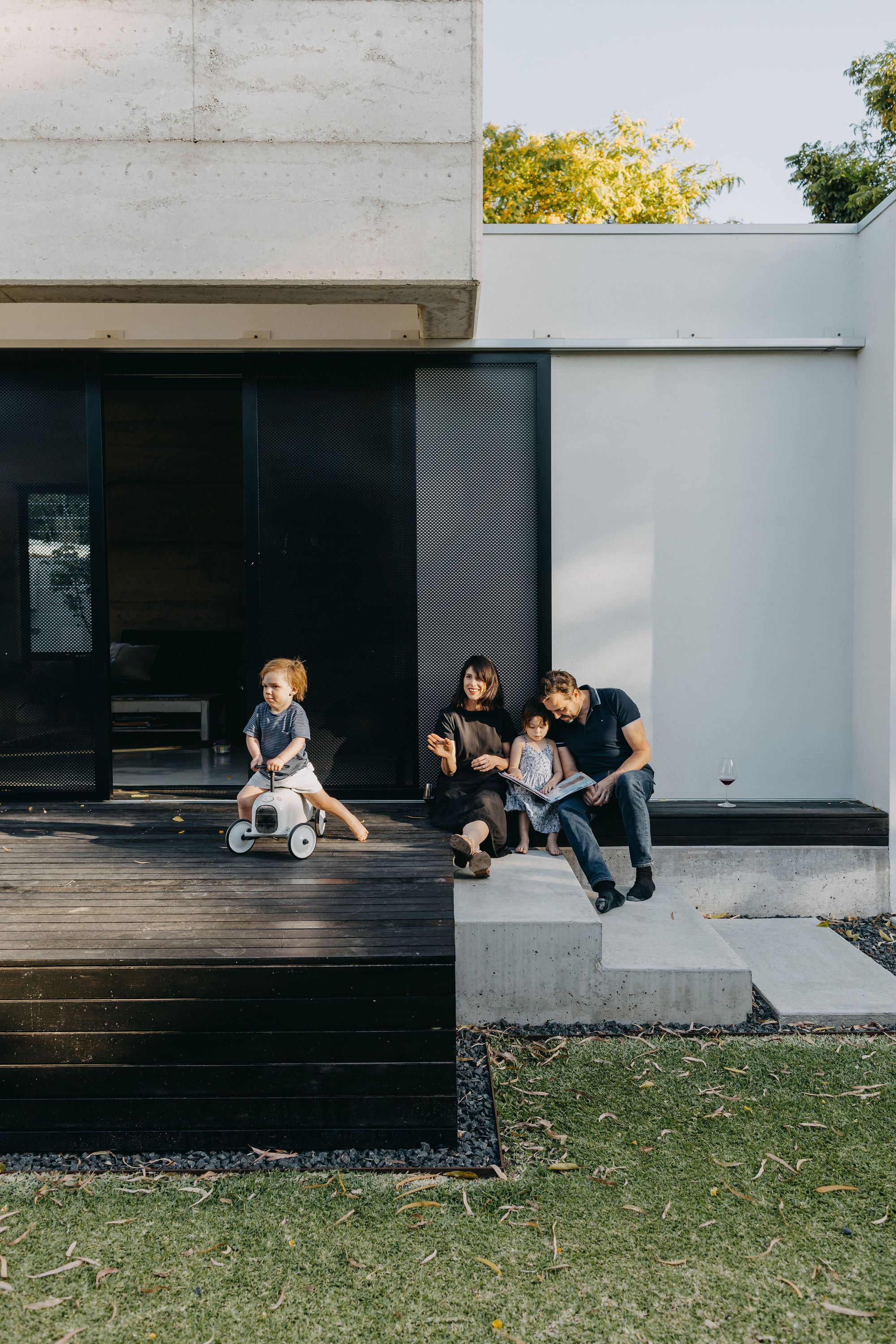
Internally, the home has come to be defined by a resolutely monochromatic interior palette that was largely employed as a means of unifying the new finishes with some of the original period-home features. The clients were keen to be involved in restoring as much as possible. However, the interior is also a product of the desire to create an easy to clean home. These aims are expressed, for example, in the stainless-steel benchtops and splash backs as well as the combination of darkened timber and burnished concrete flooring.
The new living area with its blackened ceiling, rammed limestone walls and fireplace has all the archetypal spatial allusions of a lit cave. More so, however, it is a remarkable, albeit challenging, feat of structural engineering. By having the upper portions of its rammed lime stone and recycled concrete walls cantilevering through to the exterior of the home it also shades part of the largely northern aspect of the living room openings.
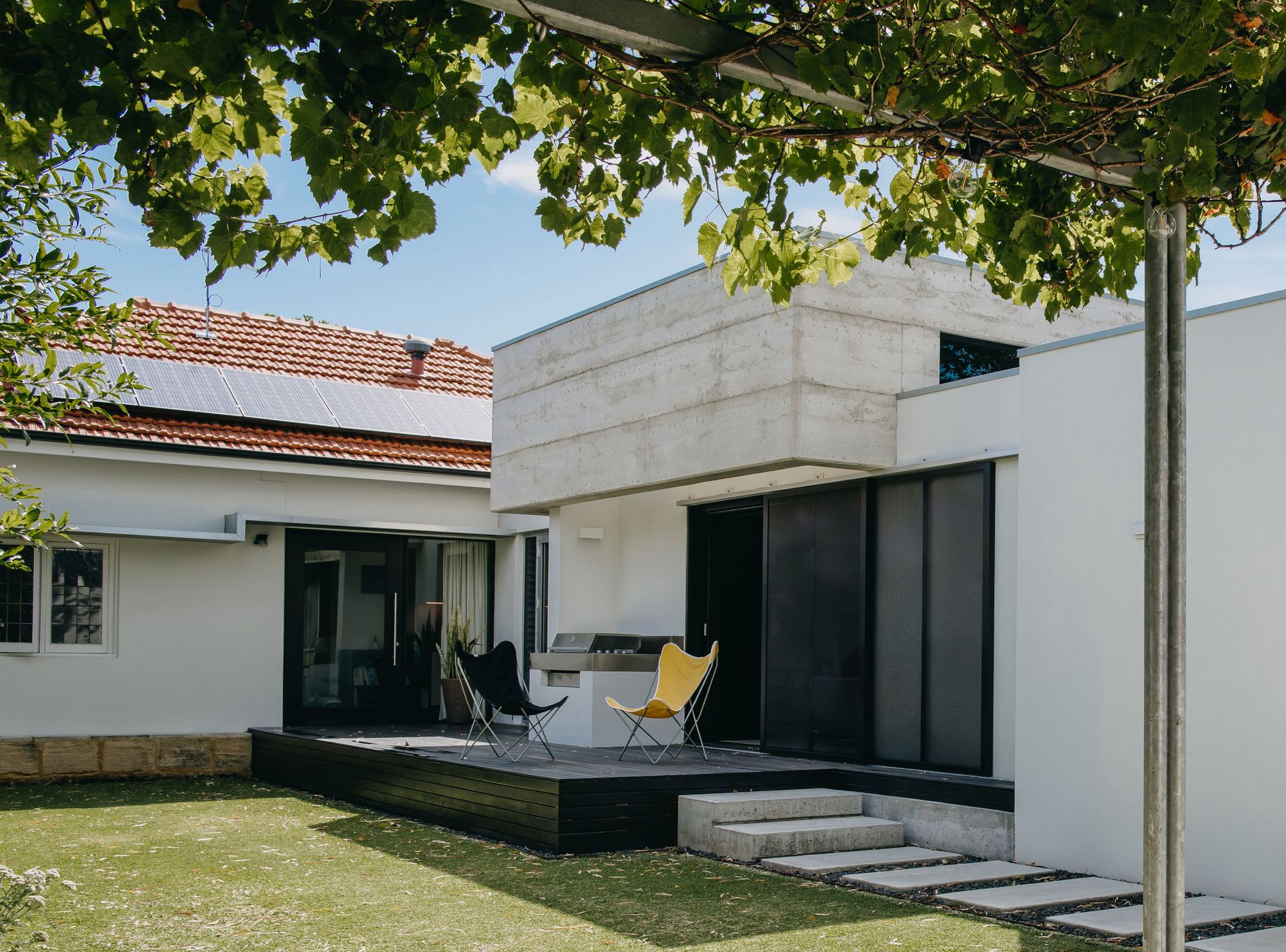
Other features centred on sustainability and passive design include, rooftop solar panels, the use of a natural-oil decking finish, low-VOC paint to the walls and openings oriented to maximise opportunities for cross ventilation. What this house best represents then, is an evolution of thinking about what healthy living is or might be. What started as an initial product of asking how gardens and access to sunlight in suburbia could help society respond to an industrialising world has largely come back full-circle here to the same question. Only, this time, it has given the home some extra answers.
